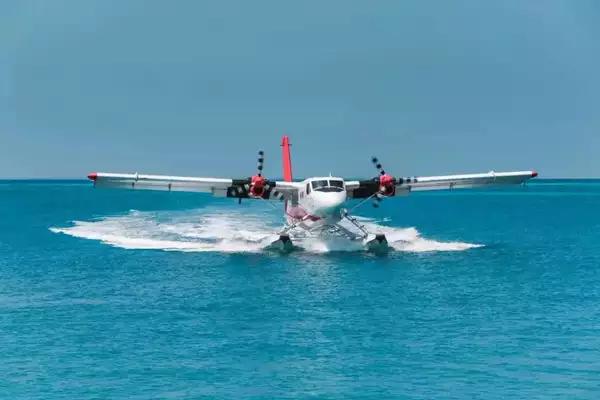The Union Minister for Civil Aviation has introduced new guidelines for seaplane operations and launched UDAN 5.4.
Key Provisions of Guidelines
- Objective: To integrate seaplane operations into India’s aviation sector, fostering job creation, economic growth, and inclusive development.
Guidelines Overview:
- Integration: Seaplane operations will be incorporated under a Non-Scheduled Operator Permit (NSOP), previously used for helicopters and small aircraft.
- Viability Gap Funding (VGF): Extension of VGF under the Regional Connectivity Scheme (RCS) to support seaplane operations and ensure initial financial backing.
- Safety & Security: Guidelines emphasize the safety and security of seaplane operations.
- Infrastructure: Focus on overcoming challenges related to water aerodrome development.
Other Key facts:
- The UDAN (Ude Desh ka Aam Nagrik) scheme, launched in 2016, aims to provide air connectivity to remote and underserved locations.
Ref: Source
| UPSC IAS Preparation Resources | |
| Current Affairs Analysis | Topperspedia |
| GS Shots | Simply Explained |
| Daily Flash Cards | Daily Quiz |
Frequently Asked Question:
What is the objective of the new guidelines for seaplane operations in India?
The objective is to integrate seaplane operations into India’s aviation sector, fostering job creation, economic growth, and inclusive development.
How will seaplane operations be incorporated under the new guidelines?
Seaplane operations will be incorporated under a Non-Scheduled Operator Permit (NSOP), previously used for helicopters and small aircraft.
What is the significance of Viability Gap Funding (VGF) under the new guidelines?
VGF will be extended under the Regional Connectivity Scheme (RCS) to support seaplane operations and ensure initial financial backing.
What is the focus of the guidelines on infrastructure development?
The guidelines focus on overcoming challenges related to water aerodrome development to facilitate seamless seaplane operations in India.




